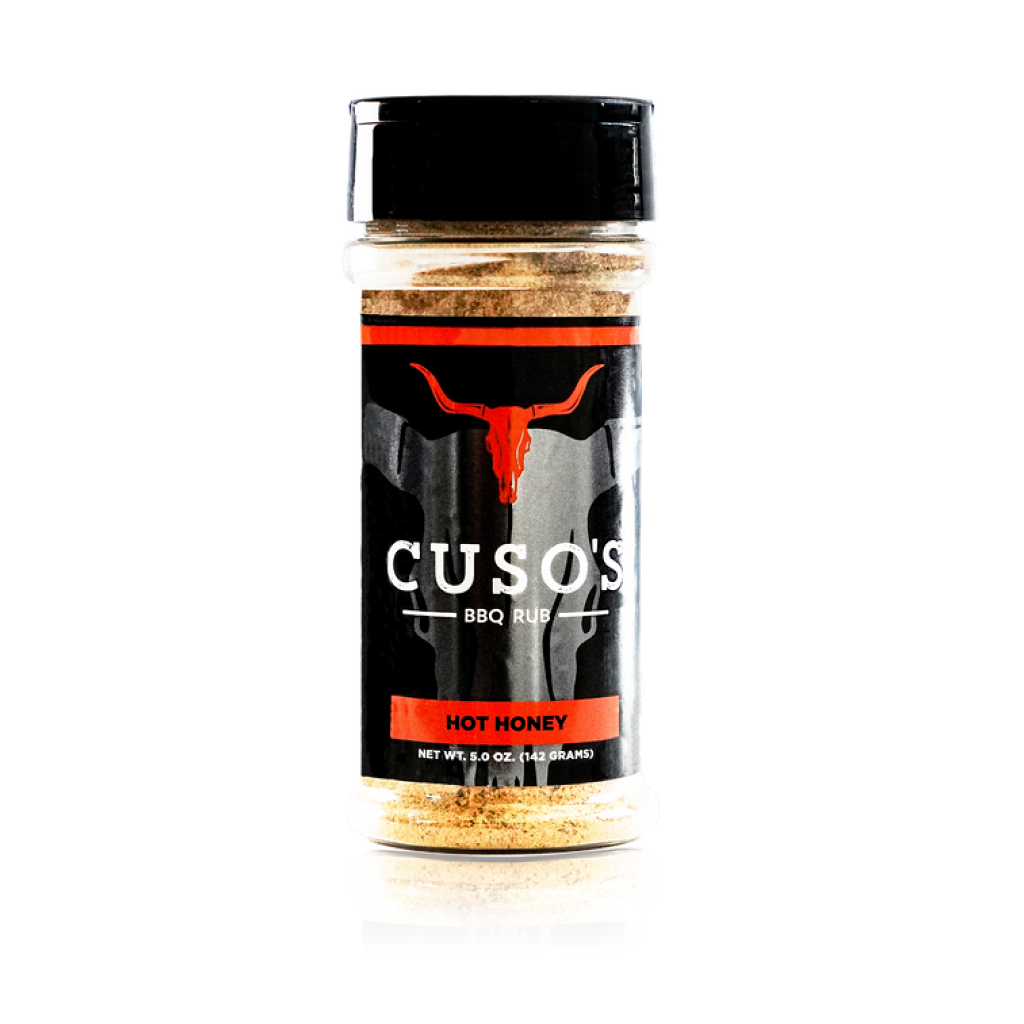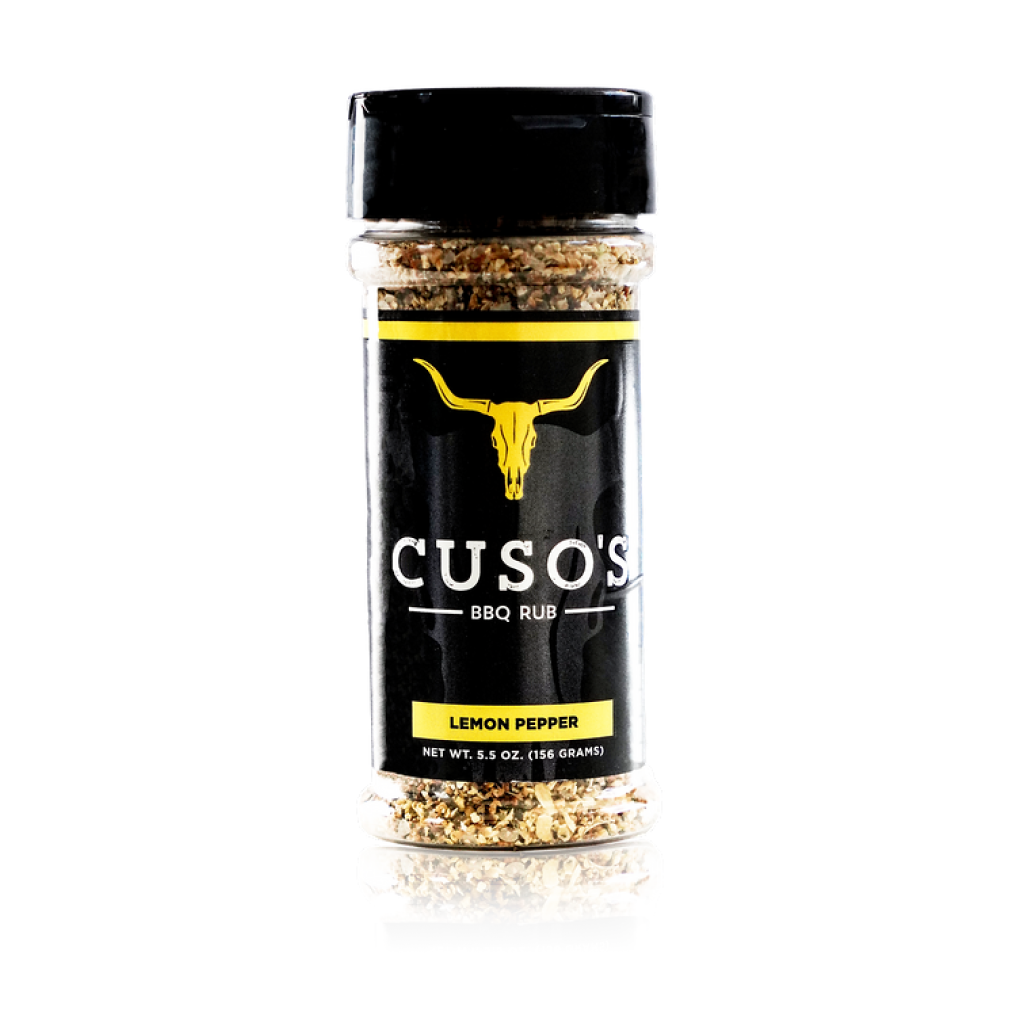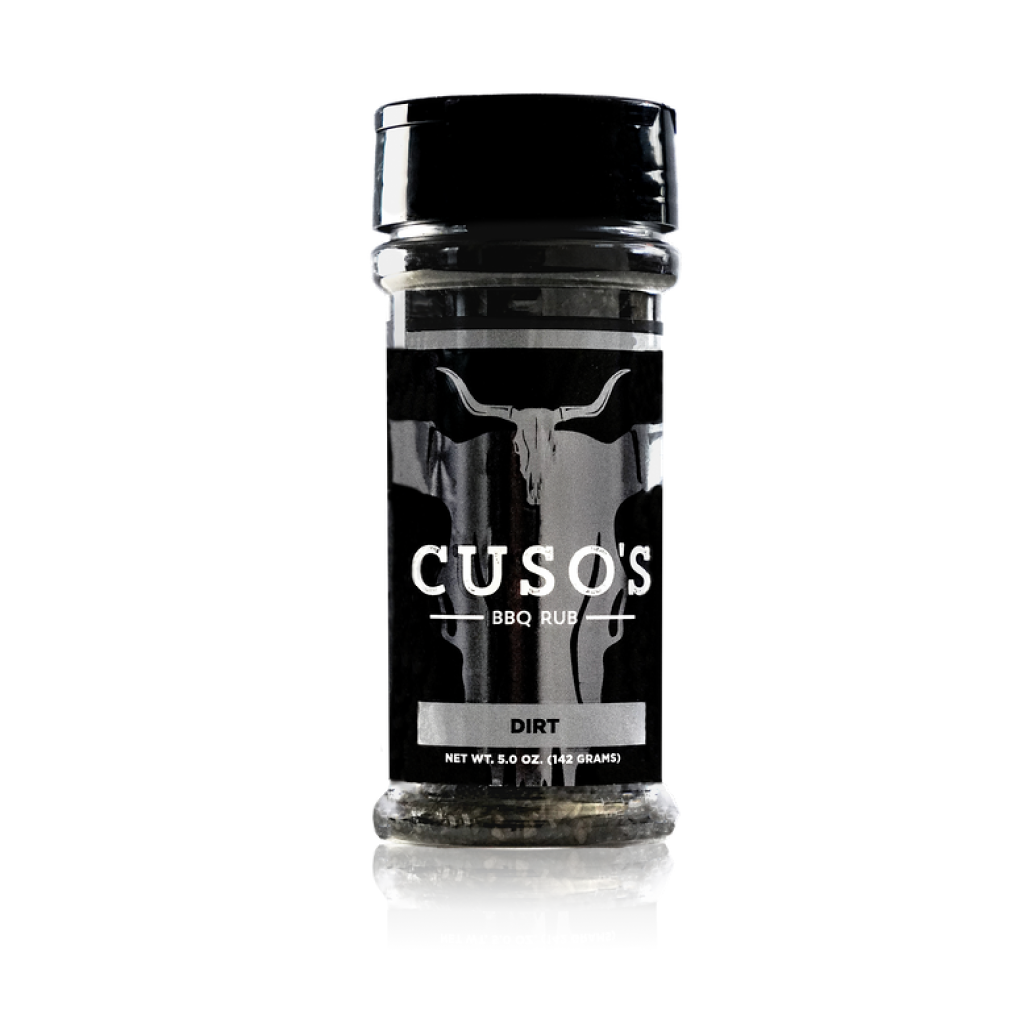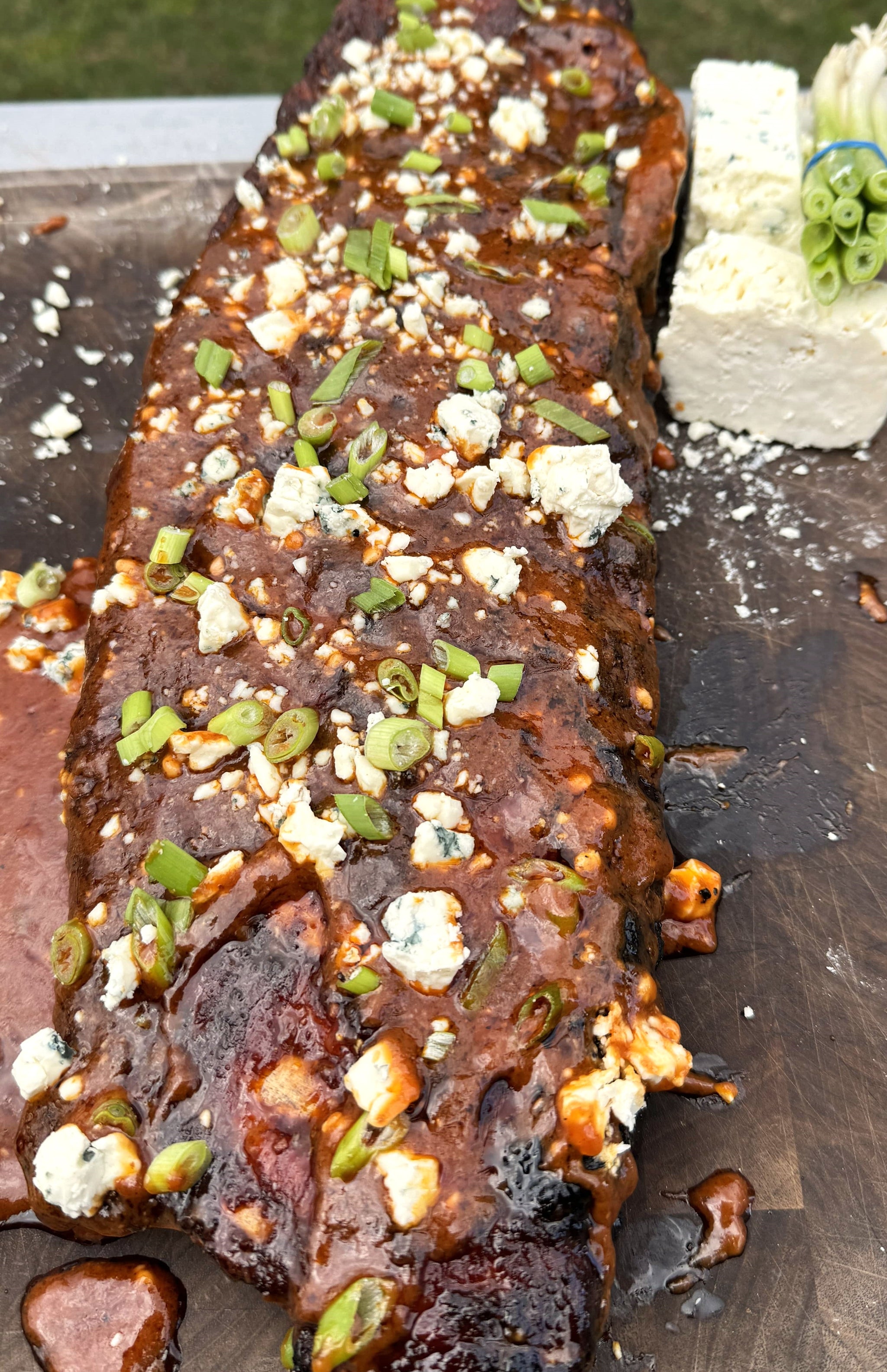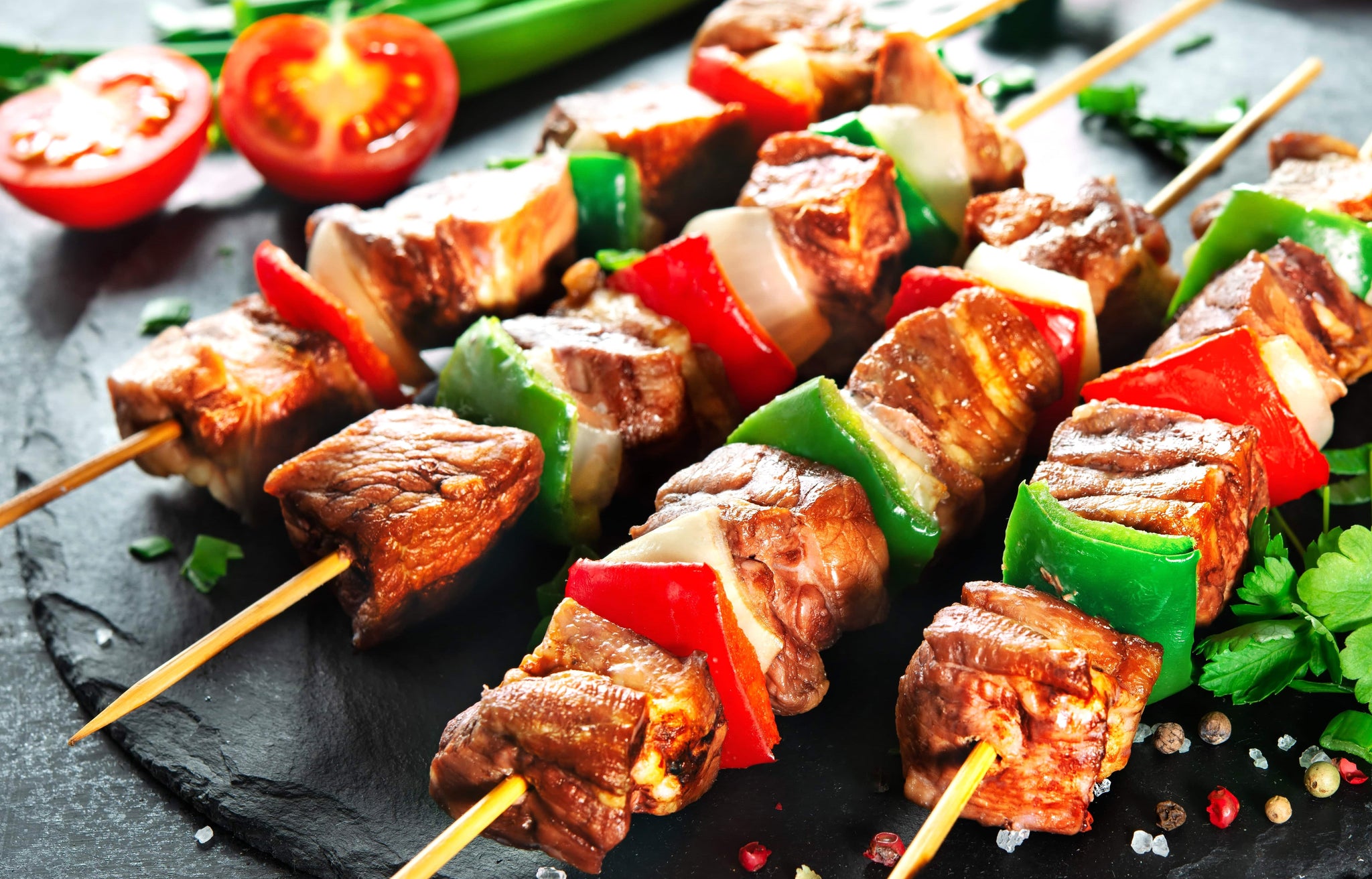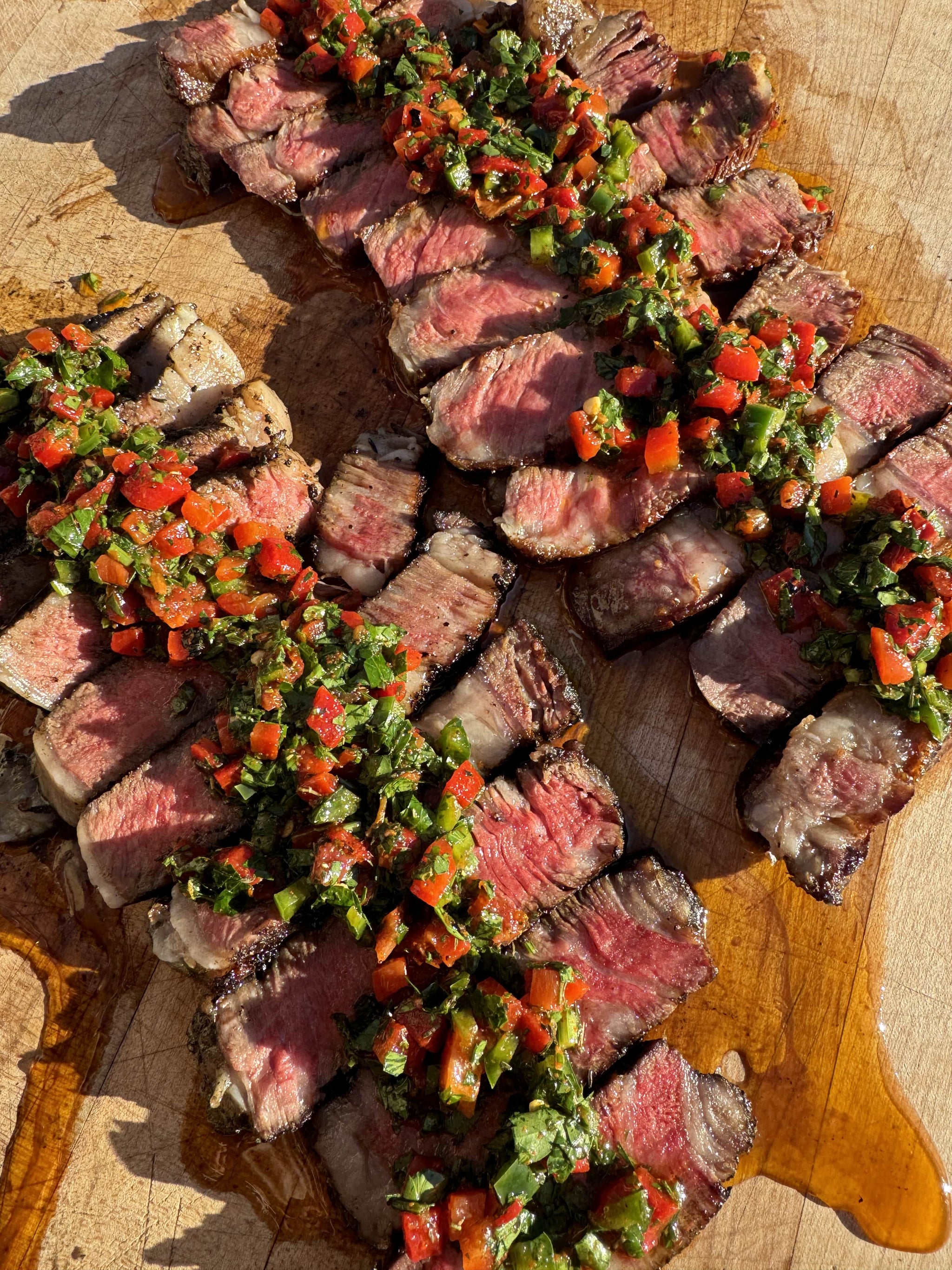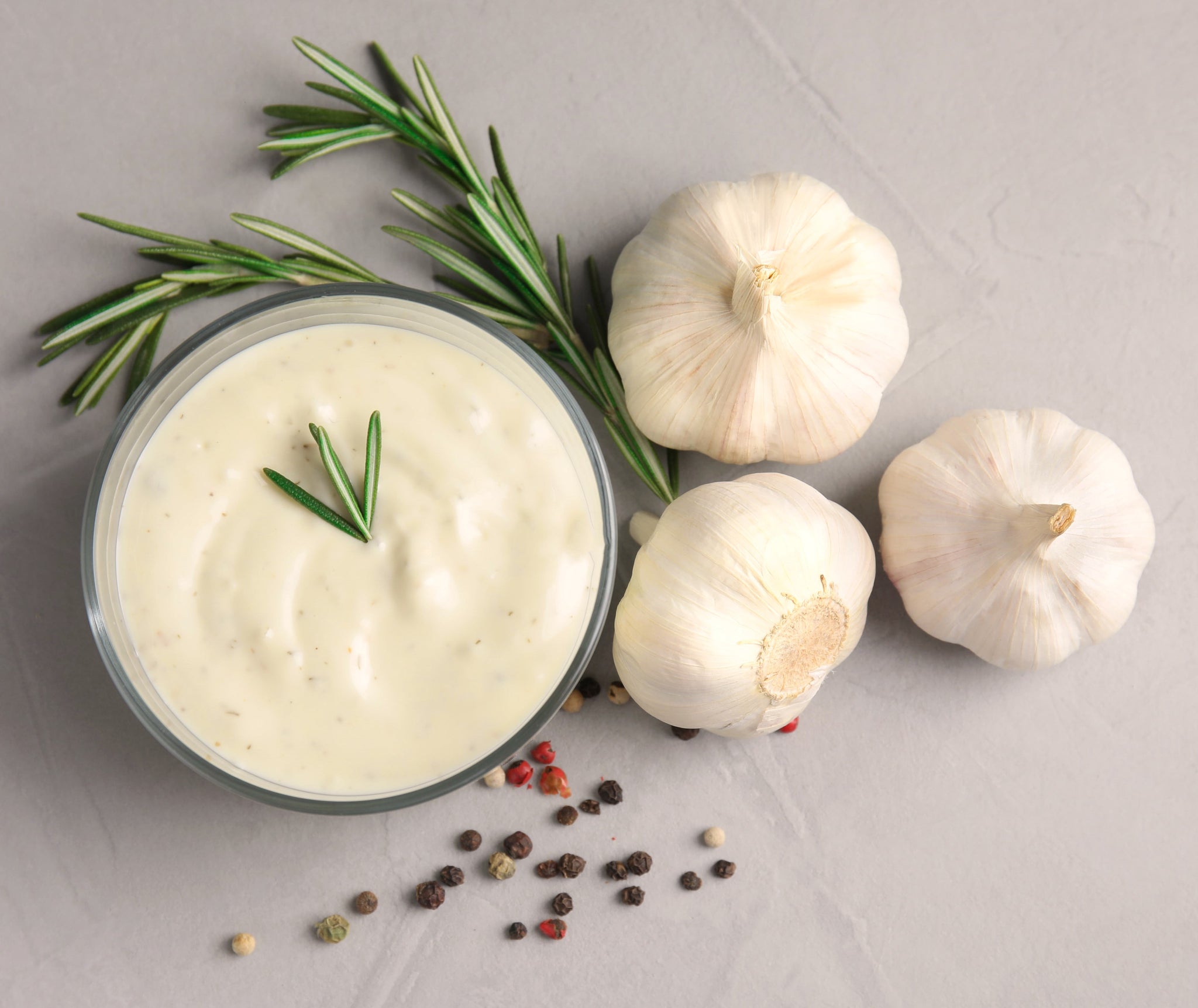3-2-1 RIBS
-
By: Jack Mancuso

Do you absolutely love ribs, but haven’t found the right combination to make them fall-off-the-bone tender? Then you will LOVE the 3-2-1 method for cooking ribs. It’s the perfect formula for newer cooks who feel frustrated by tough, lackluster meat.
The concept is based on timing. First, you smoke the ribs for 3 hours. Then, you wrap them with some type of liquid (you’ll get tips later in this piece) for 2 hours. And, finally, smoke the meat for the last hour. Sound easy? It really is, and there is plenty of room for you to play with flavor profiles.
What you Need:
- Ribs
- Marinade
- Barbecue Rub
- Smoking Wood
- Aluminum Foil
- 1/4 cup Apple cider
- ¼ cup Brown Sugar
- 3 TBS. Honey Butter
- Barbecue Sauce
- Vinegar Spritz (optional)
Directions
- Remove the membrane from the back of the ribs.
- Coat them lightly with a rub blend, and put them in the refrigerator for two hours.
- Remove the ribs and bring them to room temperature.
- Set up your smoker for indirect cooking. You’re looking for a temperature between 180-200 degrees F. (*1)
- Set your ribs into the smoker for 3 hours.
- Remove the ribs, placing them on a generous piece of aluminum foil (we recommend using a product specifically for grilling. It’s sturdier than regular aluminum foil).
- Shape the aluminum foil like a boat holding the ribs.
- Sprinkle the brown sugar over the top, portion out the butter evenly, followed by the cider (*2)
- Tightly seal the aluminum foil and put it on the grill or smoker. It’s OK if the temperature reaches 225 degrees F, but no higher.
- Braise for 2 hours.
- Remove the ribs from the grill and carefully open the aluminum foil. It’s going to be very HOT and steamy.
- Using tongs, return the ribs to the grill slathered with barbecue sauce. Keep the grill on low.
- Cook for one hour. During this time, you can check periodically for stickiness and tenderness.
- Let the ribs sit for 10-15 minutes when they come off the grill.
- Cut, grab your napkins, and enjoy.
Tips & Tricks
- Save some barbecue sauce, and put it on the side for dipping.
- Never, ever skip removing the membrane on the ribs unless you want to chew through something akin to old leather.
- Go light on the salt. You can always adjust at the dinner table.
- If you wish, you can brine the ribs before smoking.
- Consider using fruit woods like peach or cherry. They’re subtler and let the meat flavor shine. Hickory and mesquite can overpower foods.
- Keep track of the time. Use your kitchen timer so you don’t overcook.
- Start early. This recipe takes 6 hours, so you want to give yourself ample time.
- Flip the ribs meat-side down when slicing. Then just follow the rib lines, cutting in between them, for an even presentation.
- You can spritz during smoking, about every 45 minutes. Be light-handed and use the opportunity to check on the rib’s progress. Get creative! Think about wine, beer, cola (or other soda pop), or juice.
- If you cannot find honey butter at the store, it’s easy to make at home. Just soften ½ stick of butter and stir it into an equal amount of butter until smooth.
Variations:
- You can get many different tastes by playing with different rub blends, smoking wood, sauces, and toppings.
For example, think about a rub made with basil, mint, thyme, and cilantro over a plum smoking wood. Add mango juice for the 2 hours of steaming. Slather with apricot barbecue sauce. Serve with a side of spicy mango pico-de-gallo.
The options are as rich as your imagination. So, tinker around a bit to find your favorite mashups.
2. Another variation is changing the 3-2-1 formula to 3-1-1., or 2-1-1. If you find your ribs are mushy, the culprit is the steaming time. Because of their size, baby back ribs may fare quite well with a 2-1-1 method.
Pit Master’s Memo
Did you ever wonder how the idea of ribs originated? We know the art of barbecue has been around since the time humans discovered fire. Nothing went to waste after cooking. Smaller portions took less time to eat, allowing for more time to hunt. Because the men took on this task, the first “pit masters” were likely women!
Fast forward to 1916, when a barbecue stand in Arizona offered spare ribs. In 1920, the going price for ribs and sweet potatoes was 75 cents. At the 1928 World Series, Babe Ruth ordered 50 pounds of barbecued spare ribs for his teammates. Over time, ribs became a late-night favorite. They appeased hungry partyers and encouraged the sale of more beverages.
The 1930s started the proverbial hay days for ribs. There were thousands of barbecue stands across the country, and they appeared on “fancy” menu offerings, too. After the War, you could find ribs at nearly every outdoor gathering. And, of course, happy cooks tried their hands at different styles and flavorings, many of which continue satisfying hungry bellies to this day.

